|
WHY I HATE AMERICANS
WoS
Goes To London
It's been a pretty
sucky year for WoS daytrips, dear viewers. Abysmal weather, various technical and
traffic issues, and real-life economic pressures have conspired to
imprison your would-be intrepid reporter within his own four walls for
almost the whole of 2008, with the few ventures that were attempted
(such as a rather bizarre trip to the Green Man festival in Abergavenny) invariably ending ankle-deep in
mud. Only once, on a warm and sunny day in early
September, did the fates (taking the
form of a fortuitous series of unikely coincidences and special-offer
promotions) align
to permit a moderately successful adventure, and even then the quest
ended with most of its original goals unconquered. But the two primary
missions were both achieved, and surpassed all expectations, and WoS
now humbly submits its debriefing for your enlightenment.
If, like this writer,
you're a fan of delicious snack treats, there exists in the UK a
national archive of the utmost importance. The
Museum Of Brands, Packaging and
Advertising in London's Notting Hill isn't merely a repository of
old crisp and sweet wrappers, but it counts many hundreds of such
exhibits among its thousands of items, and with the aid of a bargain
advance rail ticket and a
stupendously excellent two-for-one admission promotion, the entire
WoS team set off for the capital on a massively ambitious cultural tour
designed to explore as much of the nation's history as humanly possible
in a single day. Departing from Bath Spa railway station at the crack of
dawn one Saturday morning, we arrived at Paddington, and then from Notting
Hill tube station, just in time for opening.
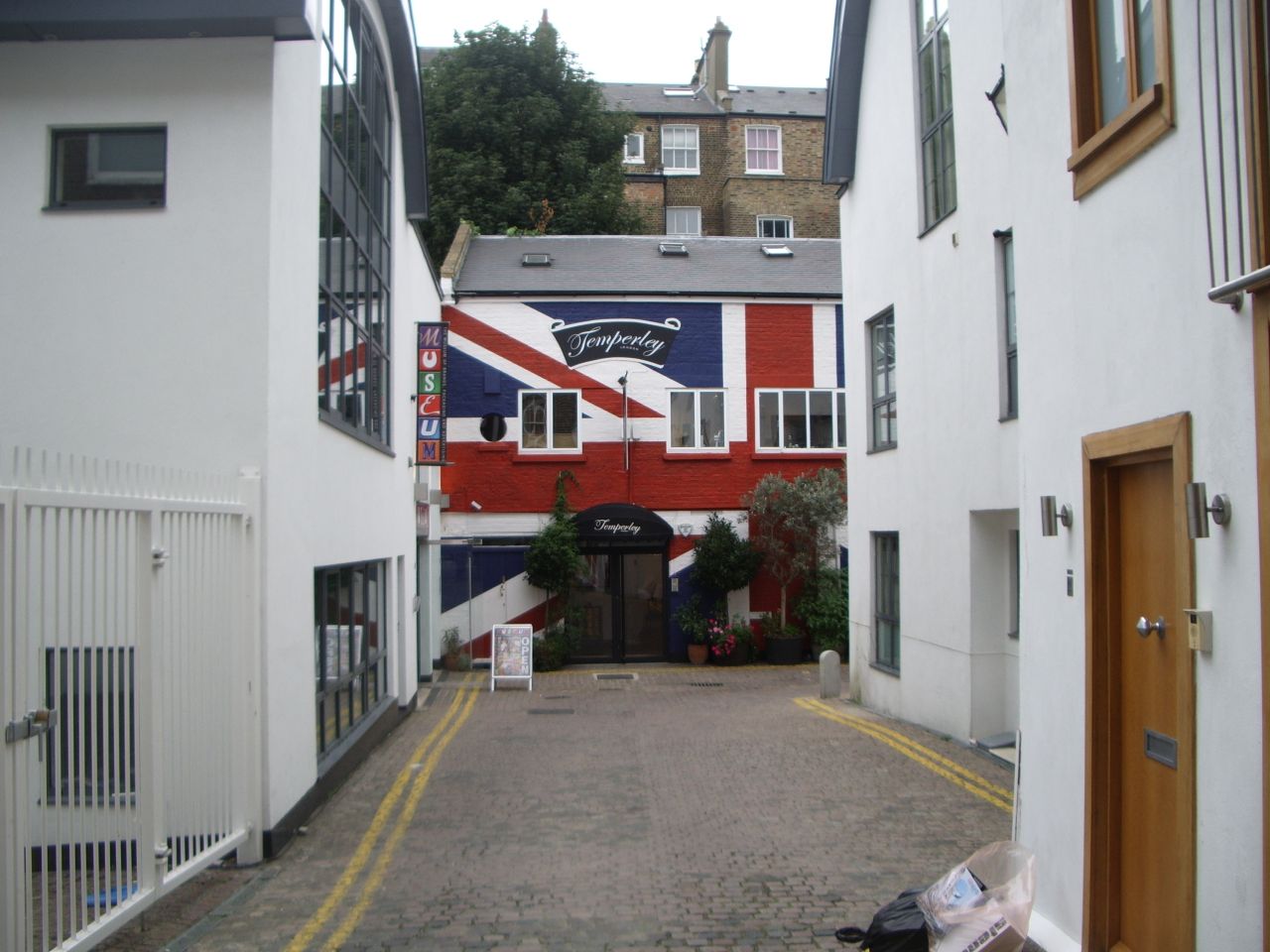
The Union Jack building isn't the museum. But
that's some serious branding anyway.
The MOBPA is
unassumingly located down a little mews-type alleyway about 10 minutes' walk
from the tube station, and just off the Portobello Road market. WoS
dallied for a while on the way in the many interesting shops in the
area, but the lure of old crisp packets was powerful and we were the
museum's first customers of the day. It looks tiny, particularly as
it's all on the ground floor of the building, but the impression
proves deceptive, and even in the small entrance reception the
display cases are packed full of superb exhibits (comprising both
originals and giant replicas, though the large majority of the
museum is devoted to the former) like packets of "RINSO
- The Dirt Dispeller" and Co-op commemorative
Jubilade, celebrating Her Majesty's 25th
year on the throne in the medium of strawberry lemonade, alongside what must
have been a very short-lived "Chocolade" from Corona.
(Elsewhere, royal events are also heralded by
special-edition Salt'n'Shake crisps, biscuits and Coke - it's
hard to imagine anyone caring that much about a royal wedding these
days, isn't it?)
Moving into the
museum proper assails you immediately with a massive visual stimulus
overload. It's arranged in mostly chronological order, starting
around the time of the First World War and moving forward by
decades. There are lots of war-themed exhibits, from ceramic piggy
banks in the shape of WW1 tanks, to
marmalade adverts featuring letters from soldiers at the front, to
(I think) Boer War boardgames, and tins
of Needlers Military Acid Drops, which
are boiled sweets rather than chemical weapons. There's also some
rather sinister master-race material, like the baby-rusks
posters asserting "We Cannot Have An
A-1 Empire With A C-3 Population", and a confectionery flyer
featuring three very sternly-moustached soldiers (see boardgames pic) insisting that you always buy
"Purity Brand" sweets. The political upheavals of the age are also
seen in a large amount of what appear to be mostly satirical
products related to the struggles of the Suffragettes.
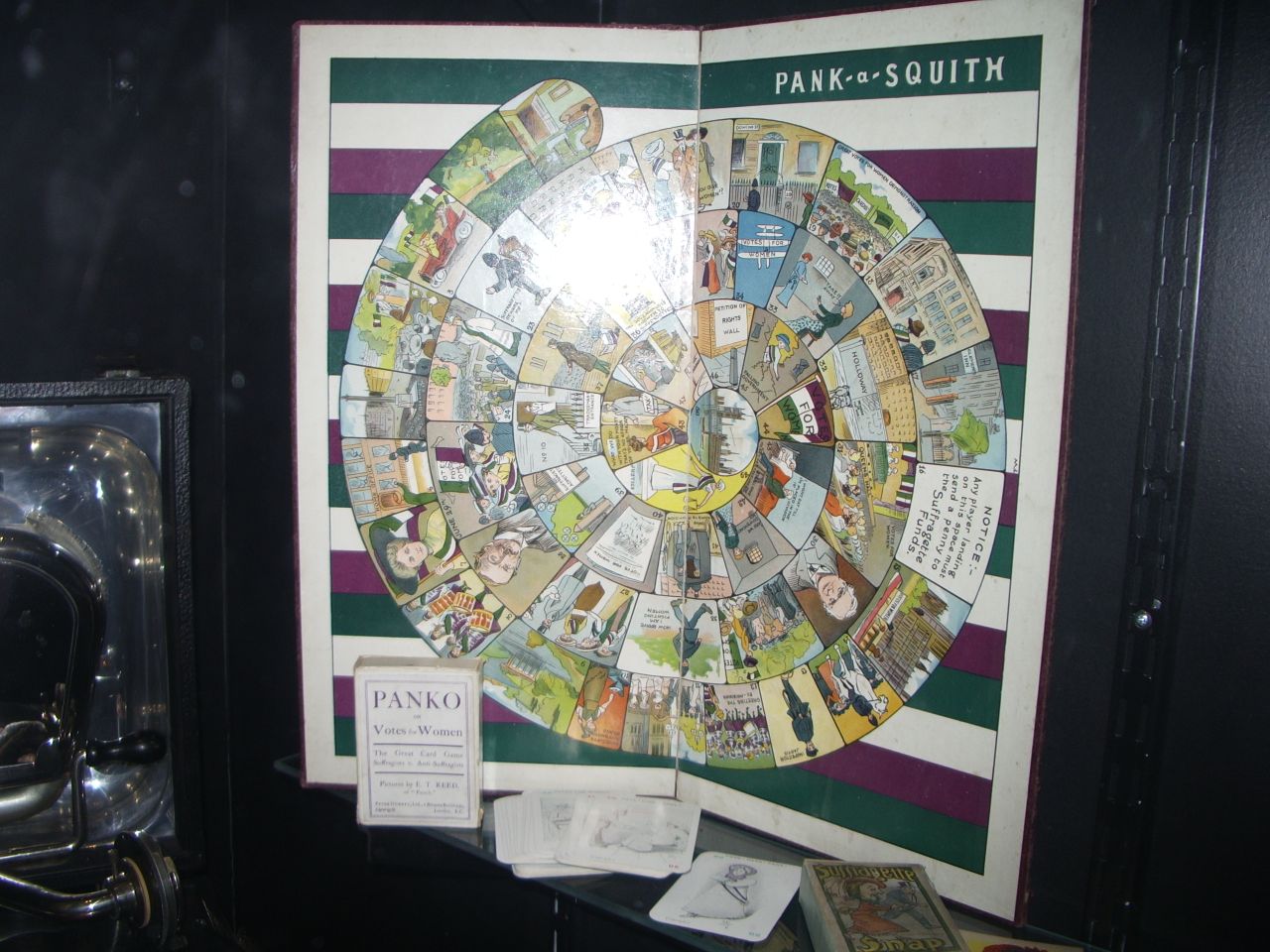
The media of the time appears to have been
almost exclusively hostile to votes for women.
Moving on to
the brief peaceful period between the two World Wars, you find
branding and packaging really starting to make itself noticed.
(Pre-war packaging largely utilised the Ronseal approach of using
the box/tin to explain a thing's purpose in
functional terms.) From the 1920s onwards, products started to
develop identifiable brand styles, and some of them, like the first
Kit-Kats and Bournville chocolate, are
instantly recognisable almost a century on. (In that picture,
incidentally, you'll also see an example of one of the most
excellent features of the museum, namely the presence not only of
packaging, but also occasionally the actual
products themselves, in this case some rather worse-for-wear
Liquorice Allsorts.) Rolos, too, have
barely changed in a hundred years.
Others, like
Turkish Delight and Milky Way, were still
trying to find their identity. (My favourite of the dozens of
different looks that Turkish Delight went through before settling on
purple is this beautiful and tasteful "gold
bar" style, accompanied by the tremendously old-fashioned
tagline "bigger and heavier". How times change.) And why can't you
still buy chocolate with just raisins in it, by the way? WHY MUST
NUTS ALWAYS RUIN IT?
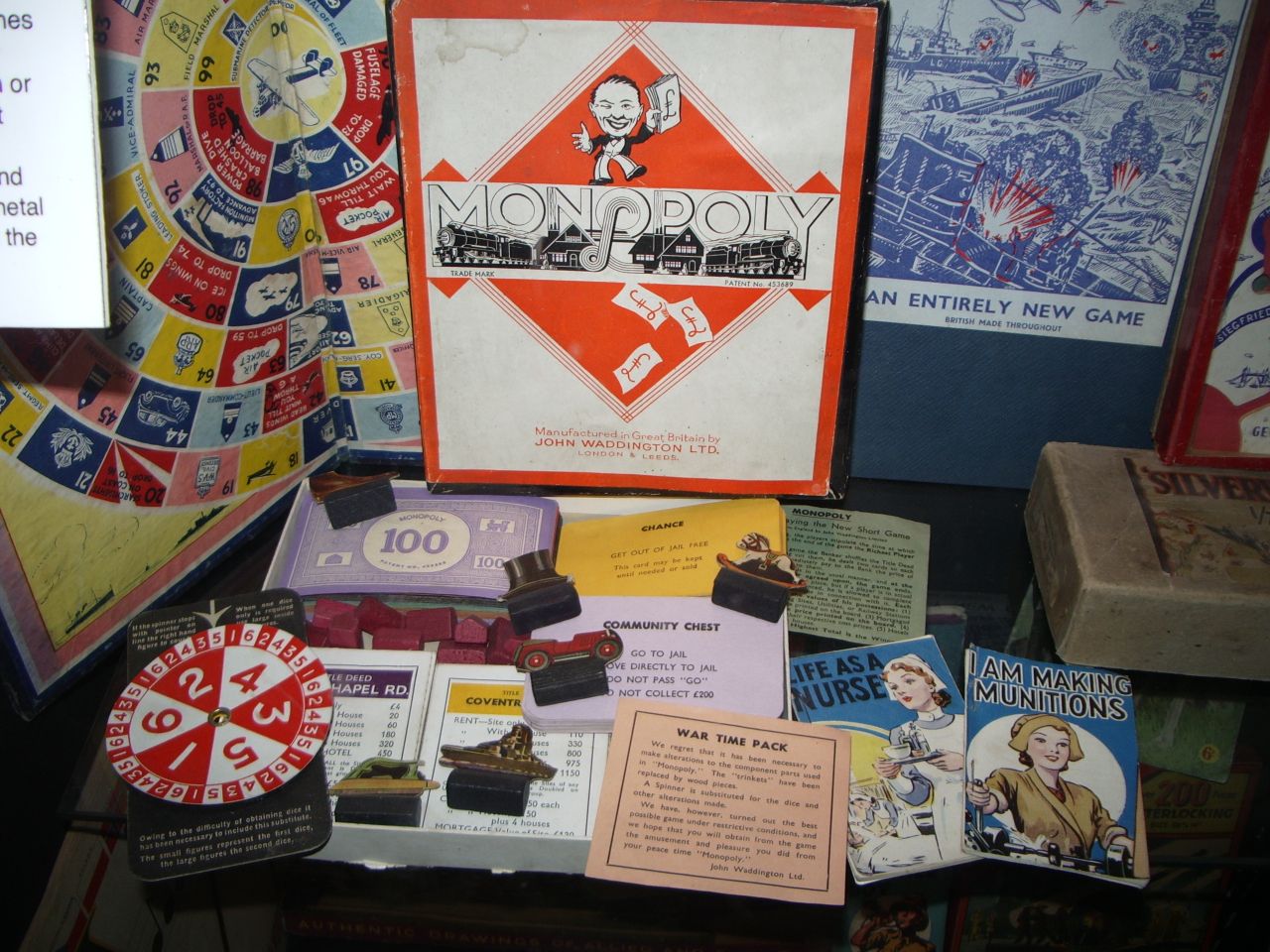
Pressure on vital resources in WW2 was even
felt in the world of dice manufacture.
The Second
World War, which you come to next, was a much more austere time for
packaging, with little of the outpouring of celebratory propaganda
zeal of the First. Where trivial things like sweets survived the
rigours of rationing at all, they were found wrapped in plain paper
with sober markings, akin to today's supermarket economy lines. (I
was terribly disappointed a few years ago when Sainsbury's retreated
from the fantastically utilitarian design of their original budget
brands, where you could go in and buy a bottle of spirits adorned
only with a square of white paper with the word "VODKA" stamped on
it in big black letters.) So there are comparatively few exhibits
from the 1939-45 period, although those that
do survive are no less splendid for
that.
It wasn't until the 1950s and
(particularly) the 1960s that the art of commercial packaging as we
know it really took flight, and finally free of the restrictions of
wartime (rationing in Britain continued well into the 50s as the
country struggled to recover from the massive economic damage
wrought by the war), shop shelves exploded in a riot of bright
colours, fantasy glamour and aspirational optimism for the
future. (From this era WoS is especially
fond of Stripey The Magic Mini, which appears to be owned by a
couple of bears with human children, and also of
Dan Dare Interplanetary Dominoes.)
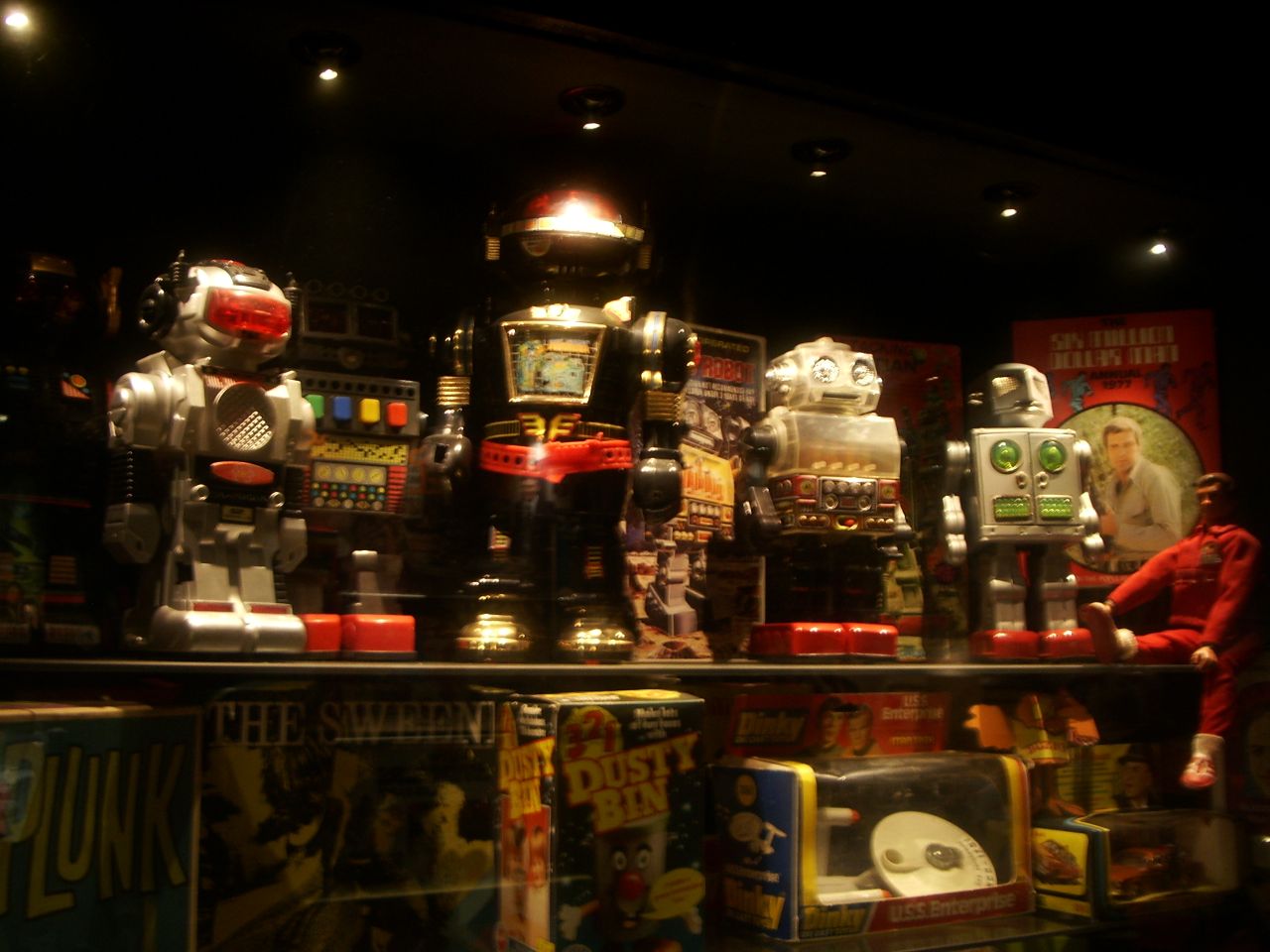
If only there had been an episode of The
Sweeney
featuring deadly space robots. Or Dusty Bin.
Your reporter
was born at the end of the 1960s, so it's at around this period that
things start appearing in the museum that I have personal
recollections of. (Basically, anything priced in decimal is my era -
I was four when the "new money" came in, pretty much the same point
at which I was first able to buy anything for myself, though I do
just recall when Fruit Salad and Black Jacks were four for 1p,
meaning that you couldn't buy a single one since the smallest
denomination of decimal currency was the halfpence.) Chocolate bars
like Cadbury's delicious milk-and-plain-blended
Ice Breaker, for example, are fresh in
this writer's memory despite being out of production for 20 years or
more. (Though I must have missed the decimally-priced peppermint
Crunchie in that pic by a matter of days.)
(The one thing
I'd really hoped to see on the visit as a pure nostalgia trip was
the similar and tragically-lamented Mint Cracknel, a strange
construction of two thin, square paving slabs of chocolate filled
with what was basically sheets and shards of mint-flavoured glass.
Sadly the museum didn't have any, though you can get a reasonable
approximation today by going to a
South
African import shop and picking up some Nestle Peppermint
Crisp.)
Familiar, too,
was a range of drinks including Jokers (featuring Tom and Jerry
cartoon strips on every can), Top Deck shandy and the tooth-furring
majesty of blackcurrant Cresta, and a characterful collection of ice
lollies - though it's generally best not to tell people that in your
childhood you enjoyed enthusiastically sucking on many a Screaming
Red Woppa.
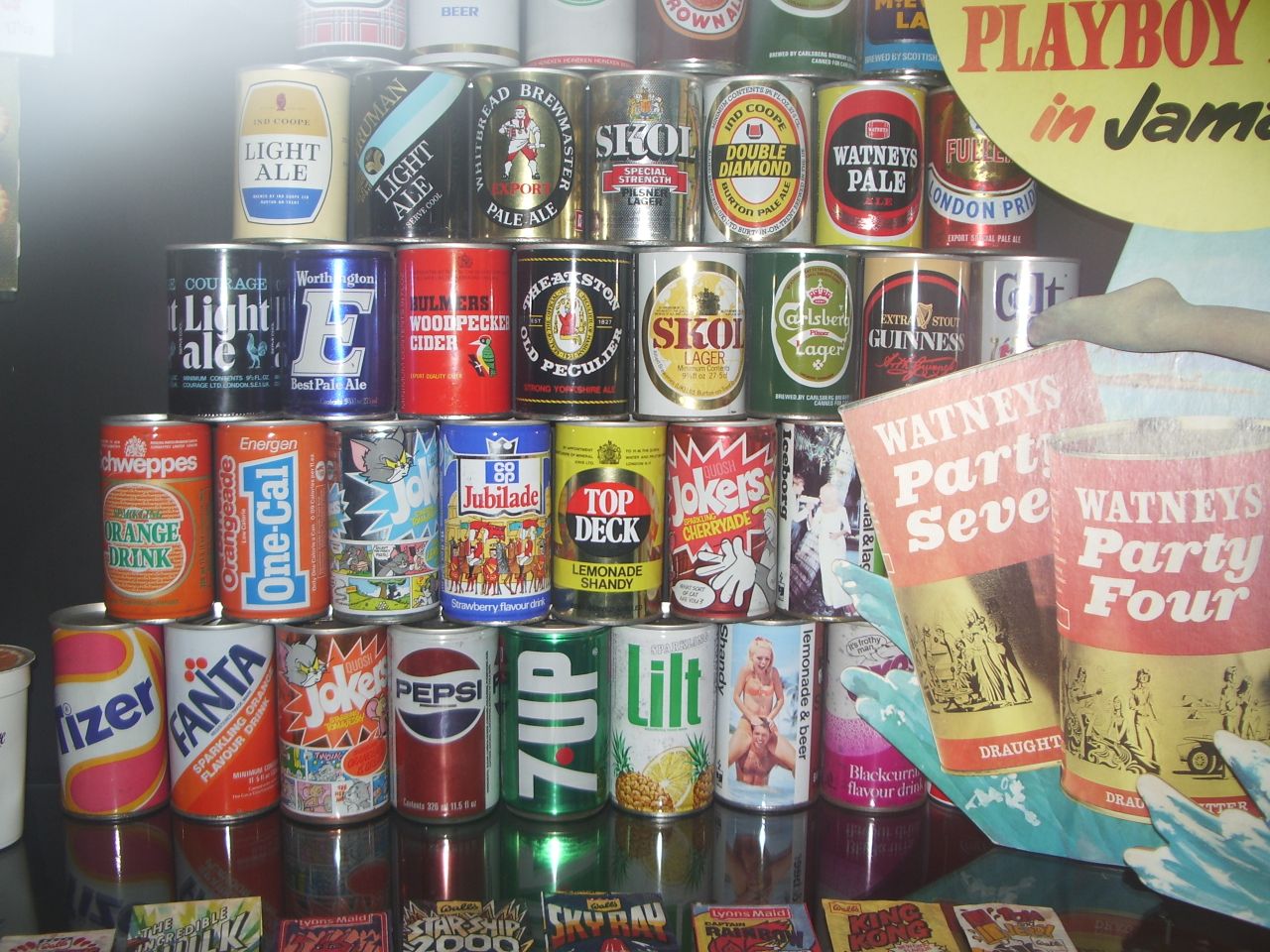
I think it's a real shame you can no longer get
lager and lime in a can, with a romantic picture.
WoS' heart was quickening now, though,
because we were approaching the crisps section. Only an unfortunate
rat incident had prevented the museum receiving a donation of a
packet of Tudor's incredibly short-lived chocolate crisps that I'd
successfully hoarded unopened for over a decade, but many bags had
managed to survive with their contents intact, and were on display
for all to admire. The reduction in the breadth and depth of crisp
flavours available today is a sad indictment on our national
character in the post-Thatcher years, too easily swayed by
overpriced "posh" crisps in poncy flavours involving things that no
normal person would ever eat in real life, like chives and sour
cream. (What the hell ARE chives, anyway?) For these we've
sacrificed proper British flavours like gammon,
chutney, Oxo, pickled onion,
deep-fried chicken and of course
sweet'n'sour pork, and it makes me mad.
It's also really sad that we've lost
almost all of the different crisp manufacturers there used to be.
When WoS was younger, a trip to a new part of the UK would bring
with it the dizzy excitement of a whole new range of savoury snacks,
as different regions were dominated by different companies. But
Tudor, Smiths (charmingly self-billed as the 'IT'
crisps, presumably enjoyed by swinging hipsters), Burtons, KP and Golden Wonder are all now gone, or
else completely marginalised (you can still find KP crisps in
wholesalers, but they don't seem to be sold anywhere but a few
discount bargain stores),
and everywhere you go from Lands End to John O'Groats you see the
same half-a-dozen dull Walkers flavours.
(The dismaying fact, incidentally,
that pound shops are the last surviving bastion of diversity on the
High Street will be the subject of a WoS feature all of its own one
day.)
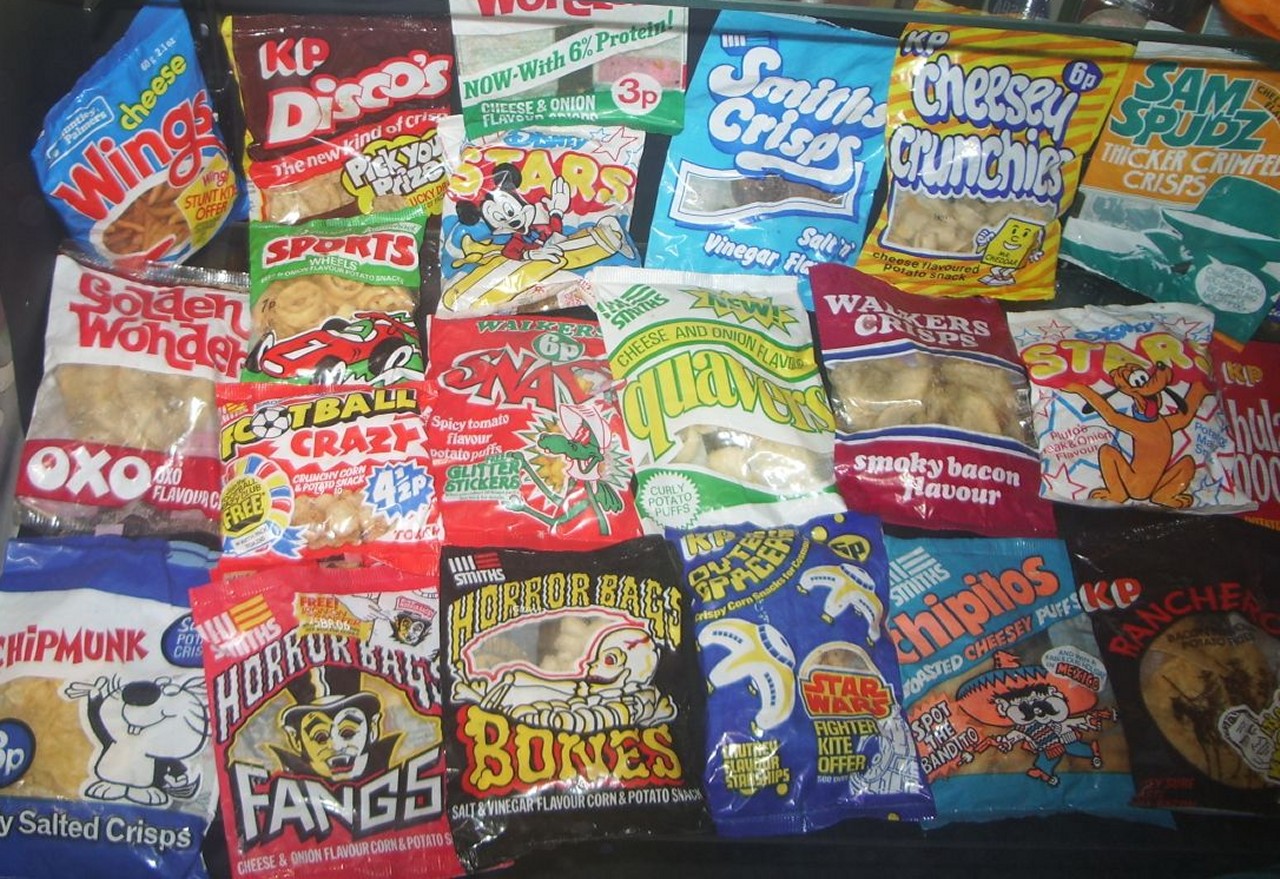
Smiths Bones were especially lovely, and have
no modern equivalent.
I had to be physically dragged away
from a wistful (and hungry) reverie at this point, and we were
already over the 90 minutes allotted for the museum on the tour
schedule, but there was still a lot to see. The museum's admirably
ambitious goal is to catalogue the whole of consumer design culture,
not just snack treats, and there are numerous themed displays set
alongside the chronological procession. (There isn't room to show
all the museum's inventory at once, so it also puts on special
mini-galleries for a few months at a time.)
There are sections devoted to
board games,
toys (a terrifying grey-skinned zombie
Ponch from CHiPs), magazines (how I long
to know whether "Honey" eventually concluded that Sweden was an example or a
warning), and the simply
troubling (what "unique symbolic fantasy"
entailed one shudders to imagine). And having previously viewed the
many exhibits from the world wars, it's somewhat jarring to come
across a cabinet filled with Sex Pistols memorabilia including the
famous "Destroy" shirt, complete with swastika, but it's
just another little bonus treat in a treasure trove of iconic design.
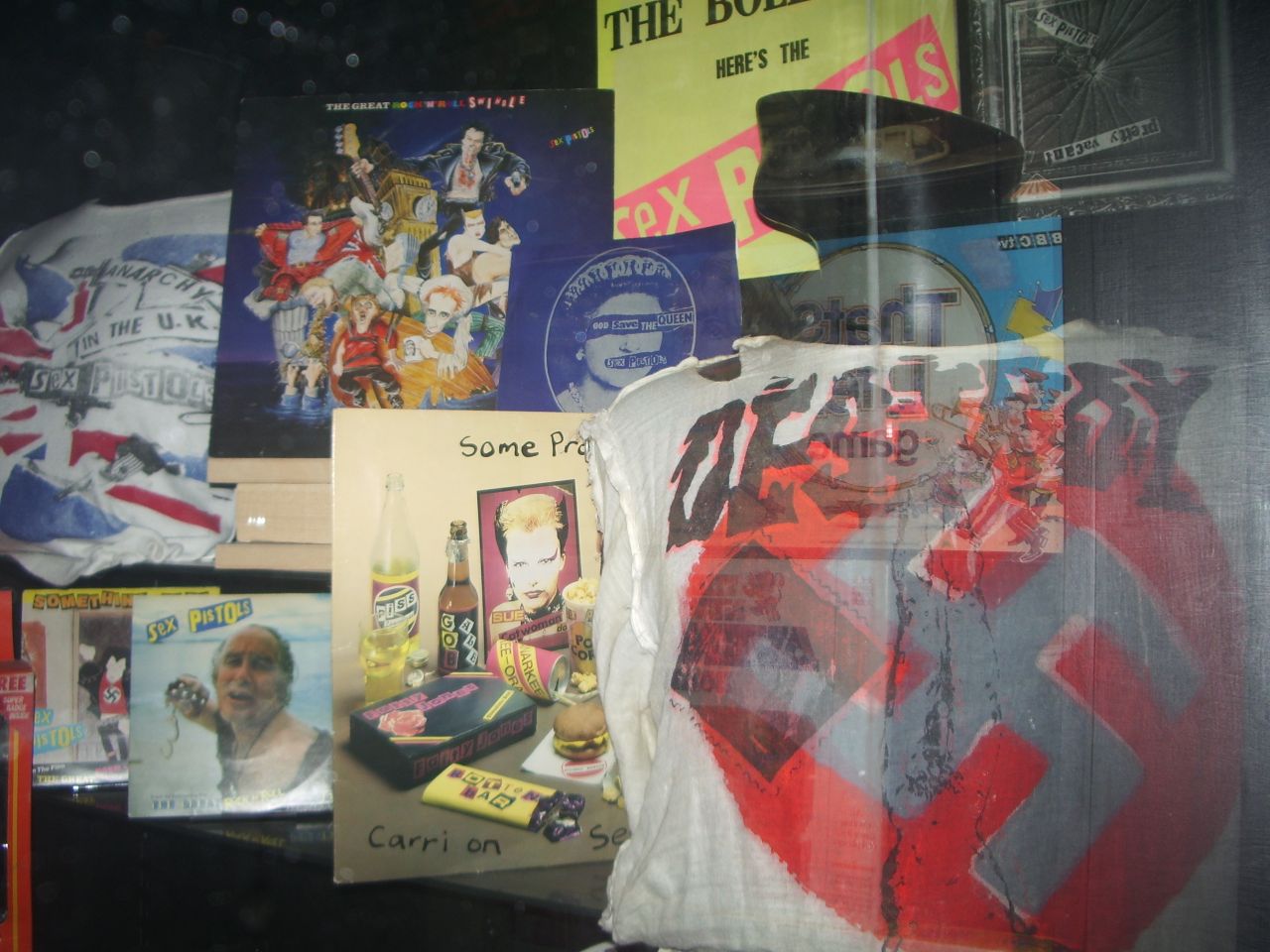
I like the reflection of the "That's Life"
boardgame in this picture.
But ultimately the MOBPA (note: when
planning your trip, don't get confused with the MOPBA, which is the
Museum Of Particularly Bad Art,
and will involve making a much longer journey) knows what attracts
its audience, and you're soon back into the realms of everyday
shopping, with lots of rather more mundane
household products.
(It's not that these are dull, you understand - check out the
fantastic limited-edition Pepsi cans, or the wonderful tin of oil
made to cunningly look like a bird that I couldn't quite manage to get a decent
picture of - merely that they don't have the same magical
associations that long-lost sweets and crisps do, or strange things
from barely-imaginable bygone days. Not many people have especially
strong feelings towards J-cloths or pedal bin liners of the 1990s.)
But the museum
also knows how to end with a flourish, and until May 2009 the final
section as you near the exit comprises a spectacular showing
dedicated entirely to the sweets of the 1960s. (Which were of course
also in large part the sweets of the 1970s and even 1980s.) WoS
could ramble endlessly about it, but you know that you just want to
see the pictures.
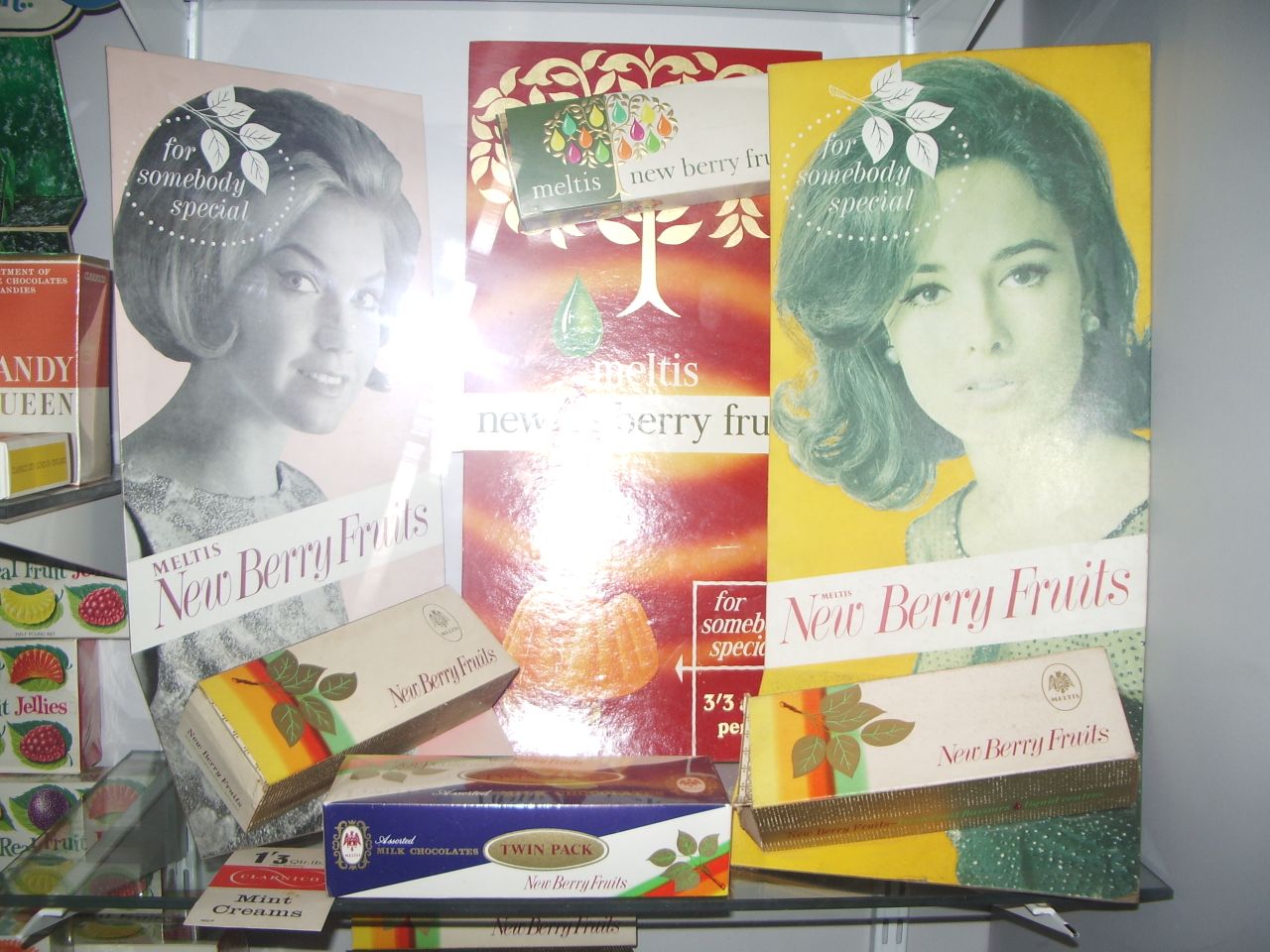
New Berry Fruits are the all-time favourite
sweet of WoS' mum. (Not pictured.)
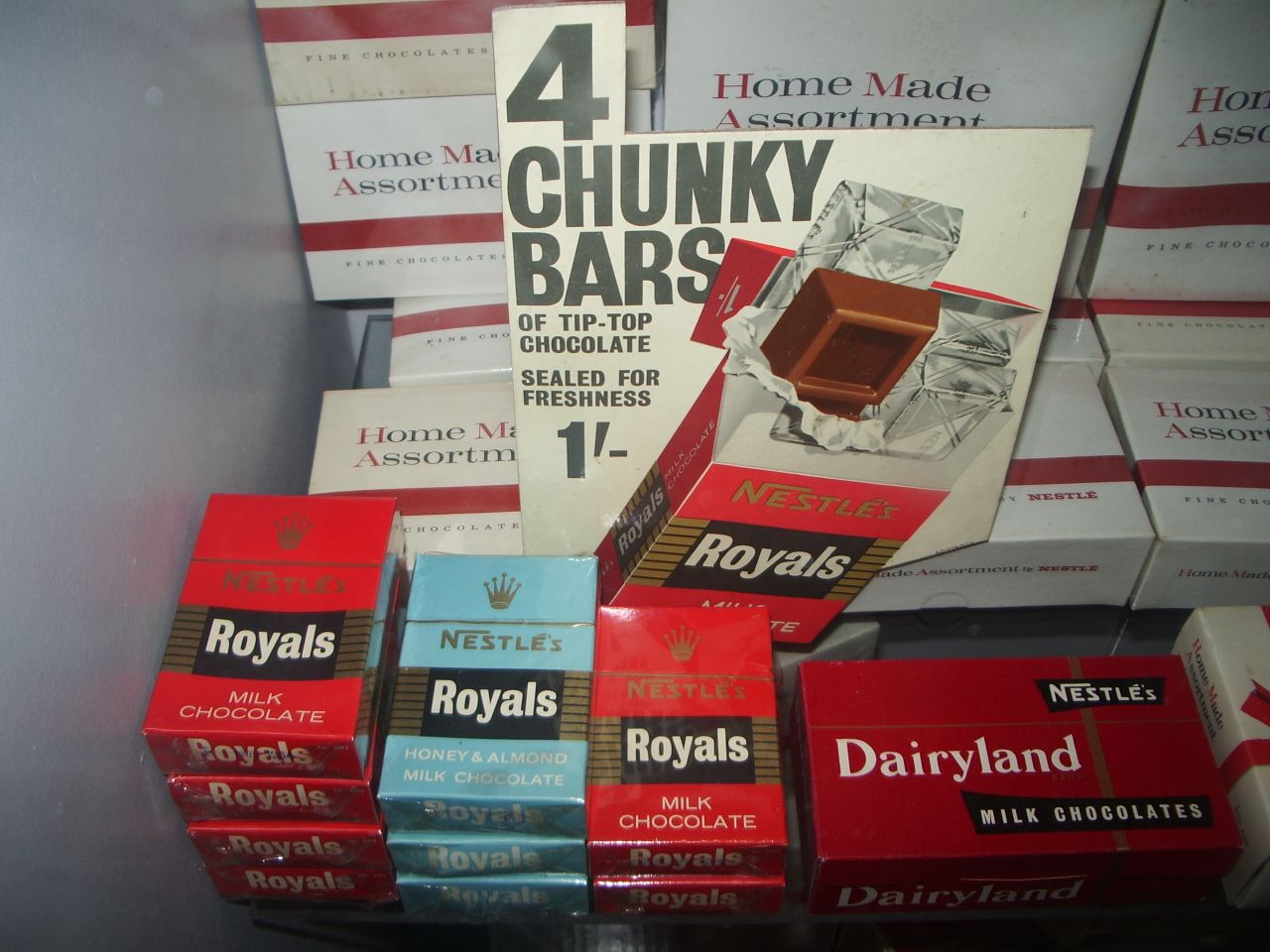
There was an odd fashion in the 60s for making
chocolate look like cigarettes.
(See also the Cadbury Twenties in the middle of
this
shot from the museum's website.)
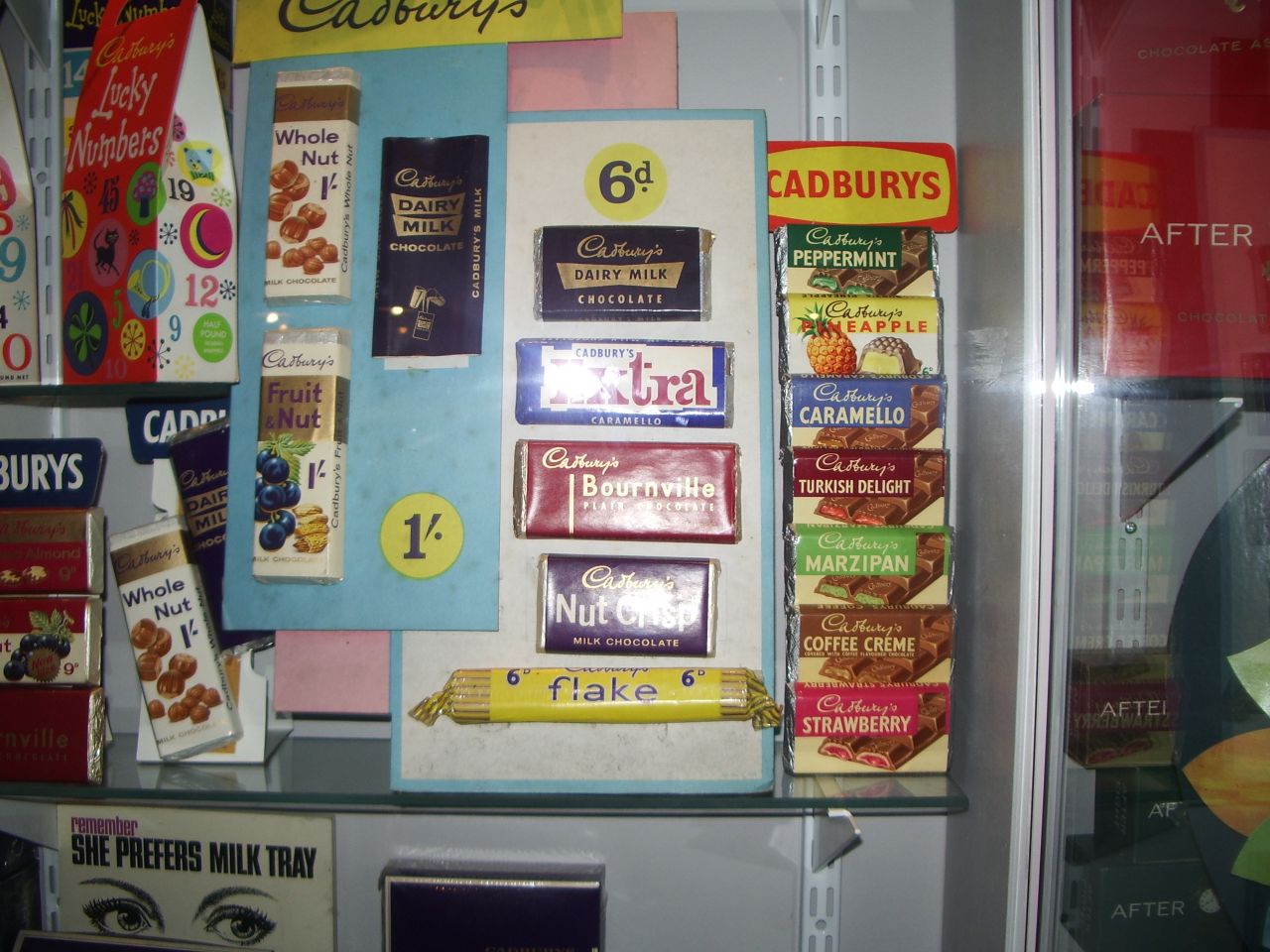
By comparison, the range of centres in today's
choc bars is dismal. Although
some of the lines in the museum that
are now discontinued
in the UK can still be found in Australia or
South Africa.
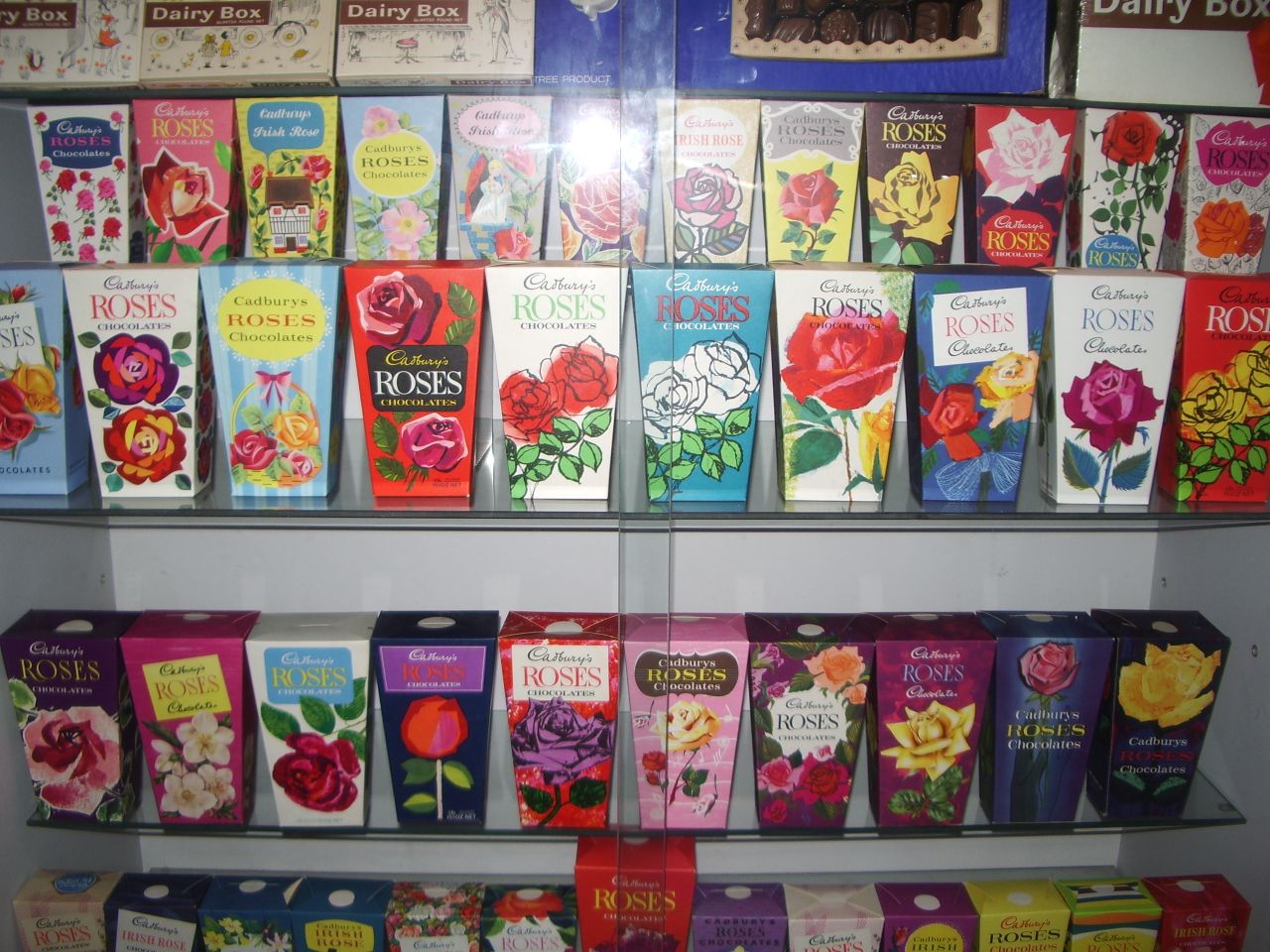
Roses: schizophrenic.
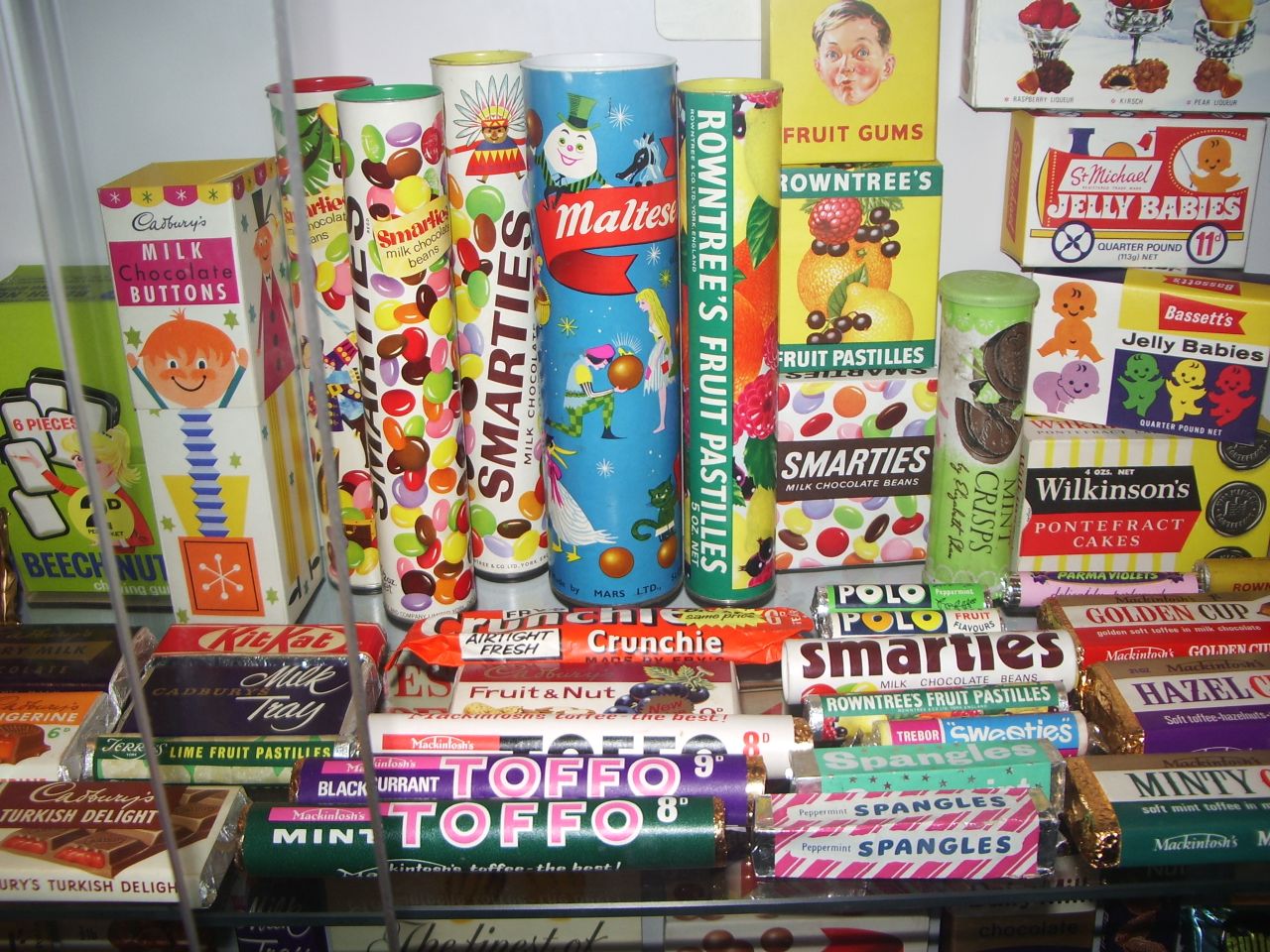
Even WoS
doesn't remember blackcurrant Toffos.
Mint ones are still made, but
are very elusive.
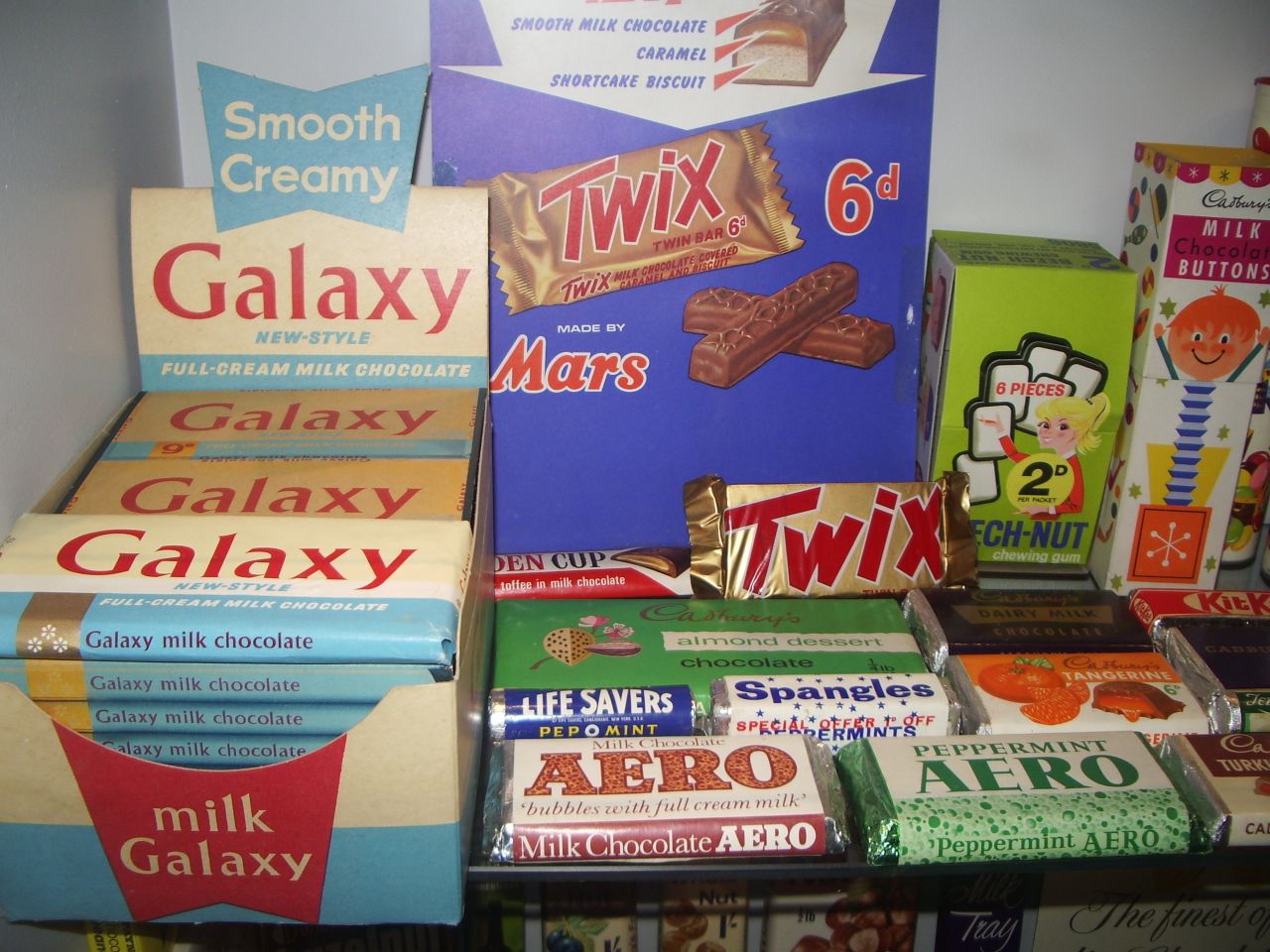
Yet another flavour of Cadbury's centre, there.
And what's with that Galaxy design?
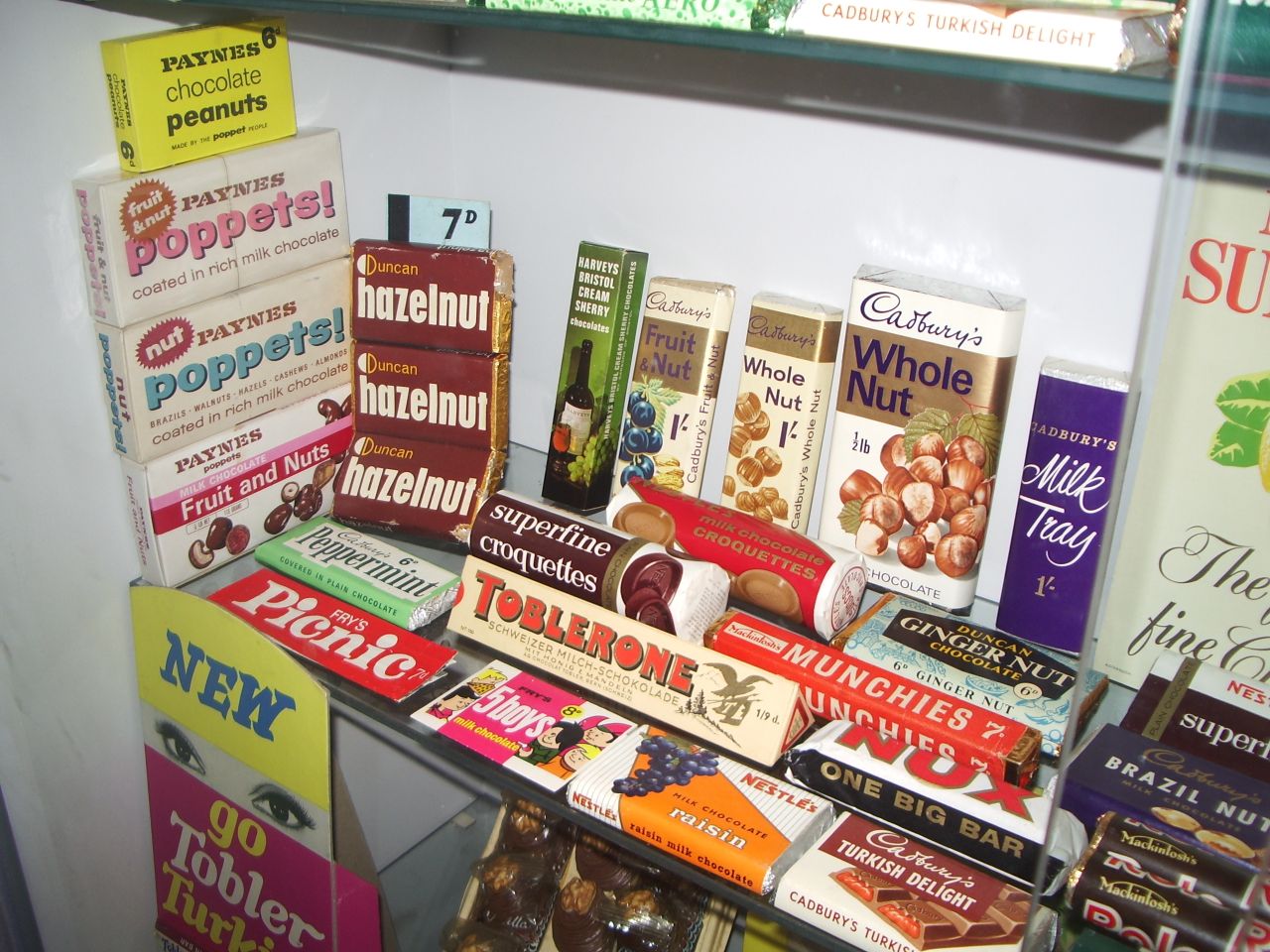
The Milk Tray bar was especially interesting,
being basically eight or so
individual Milk Tray chocs, in their
original shapes, glued
together on a chocolate base to form a single
unit.
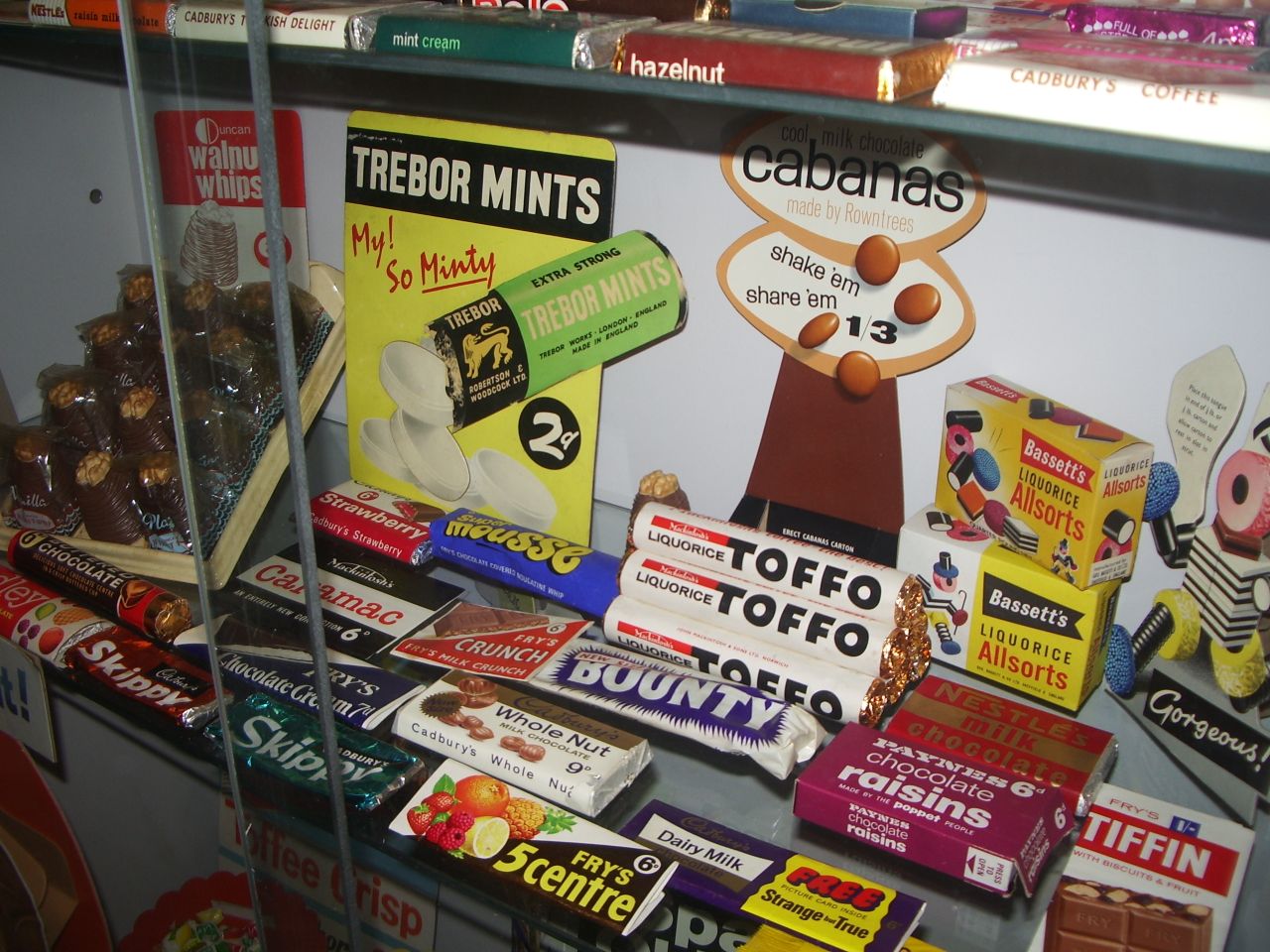
If WoS could bring back just one chocolate bar,
it'd probably be the fruit'n'biscuit Tiffin.
And that,
almost two-and-three-quarter hours later, was that for the Museum of
Brands, Packaging and Design. It comes with WoS' heartiest
recommendation even if you go by yourself and have to pay the full
entry fee of a modest £5.80, but if you go with a chum using the
coupons linked in the second paragraph of this feature, it's just a
ridiculous bargain at £2.90 a head. The pictures here are just a
small fraction of what's on display, and the museum is so absorbing
that WoS was already striking two venues off its projected itinerary
for the day, but more of that soon. If you live in London, or within
a reasonably-priced journey of it, this is a place that'll make you
happy. And who doesn't like being happy?
(Answer below.)
See you next
time, viewers!
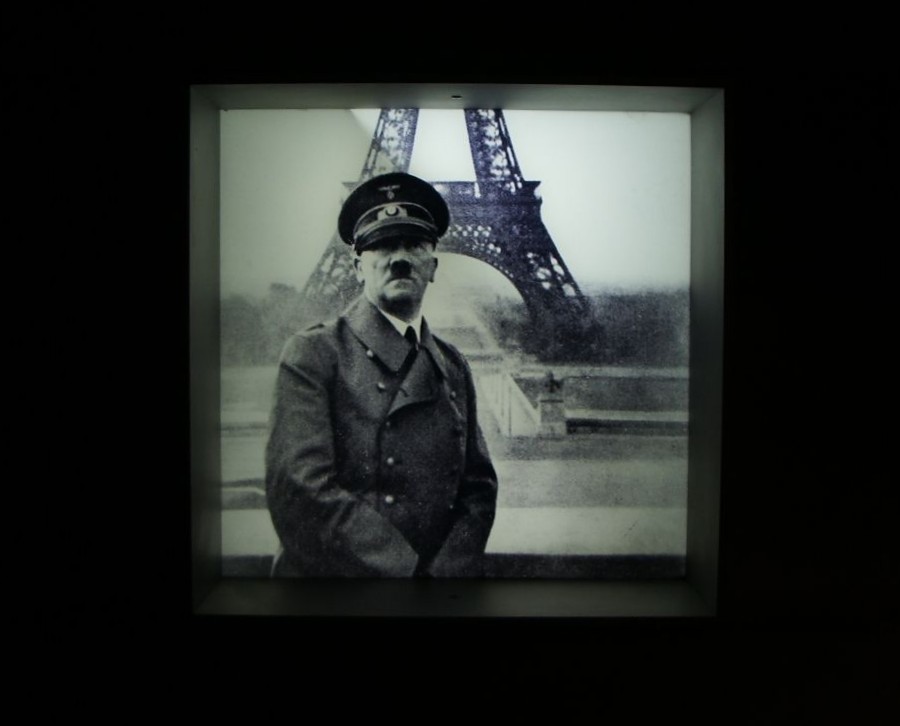
Next on WoS: something completely different.
Sorry, what? Why do I hate
Americans? Oh yeah, that. Britain, viewers, used to love limes,
greatest of all the fruits - so much so, in fact, that the Americans
famously call us "limeys" to this day. And accordingly, we used to
have lots of delicious lime-flavoured snack treats. Starting all the
way back with Roses Lime Jujubes, through
Terry's Lime Fruit Pastilles, original
Opal Fruits with lime ones instead of a foul blackcurrant
"Starburst", right up to the gorgeous (but recently discontinued)
lime Crusha milkshake syrup, green in a British snack food has
always meant lovely, sharp, juicy lime. Mm.
But in the last 10-20
years, the increasing hegemony of US influence over what we consume
has meant lime slowly disappearing, to be insidiously replaced by
that gross pretend fruit favoured by idiot Yanks, the apple. Blech.
Now, if you buy a bag of jelly beans or fruit chews, chances are
that you have to spend five minutes tipping it all out onto the
table and picking out all the disgusting apple ones, lest you
absent-mindedly stick your hand into the packet while watching telly
and put something with the flavour of punishment and hate into your mouth. If
I wanted vegetables I'd have gone to the greengrocer's for a snack,
not a sweet shop. Give us back our limes, you fucks.
|

